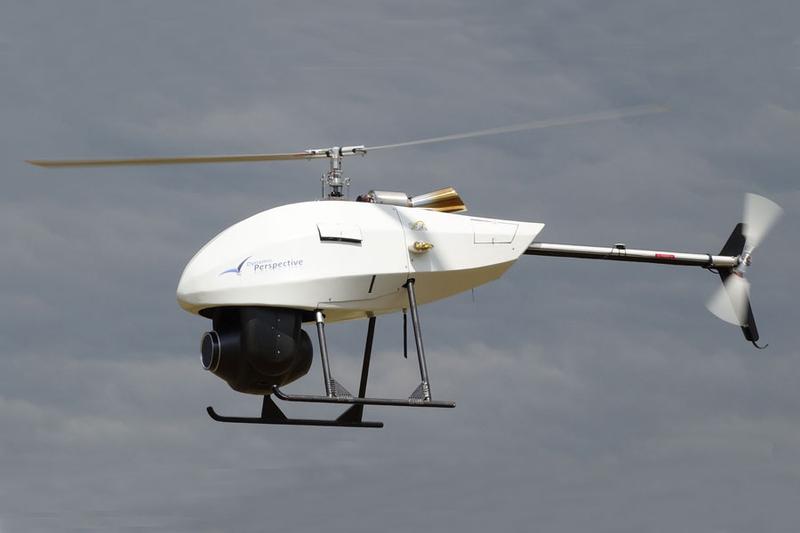
Steady Aerial Videos: Innovation from TU Wien and Dynamic

New camera stabilisation offers top-quality HD-video footage for TV and film even when flying dynamically.
Dynamic Perspective
Up until now, the thought of capturing steady video footage from a roller coaster would have seemed virtually inconceivable. However, TU Wien and Dynamic Perspective have now succeeded in developing a camera suspension system that can master this challenge with ease.
Featuring five rotational axes and sophisticated control technology, the camera gimbal can compensate for shaking movements with such precision that top-quality film footage can now even be obtained from remote-controlled aircrafts. This opens up brand new perspectives for live sport broadcasts.
Clever not clunky
“The easiest way to overcome shaking problems is to make the camera system as heavy as possible,” explains Alexander Schirrer from the Institute of Mechanics and Mechatronics at TU Wien. A heavy camera has so much inertia that minor vibrations have no impact.
However, if the camera has to be mounted on an aircraft, the weight has to be kept to an absolute minimum. Including the camera, the newly developed system weighs just under twenty kilos in total – the kind of load that is perfectly manageable for a small aircraft to carry. Other camera systems can be up to one hundred kilos in weight.
TU Wien and Dynamic Perspective spent two years working on an innovative high-performance control system to enable active camera stabilisation. The result was a special type of cardan suspension called a 'gimbal'. You actually only need three rotational axes to rotate a camera in space in any direction you like. However, two extra axes were added so that particularly fine corrections could be made very quickly.
Thousands of measurements per second
It is not just the mechanical suspension that is crucial; in fact, it is the control system that plays a leading role: sensors measure the position of the camera several thousand times a second and the programmed control algorithms must then calculate exactly the right corrective movements in a matter of several hundred microseconds so that they can be performed subsequently by the electromechanical actuators.
“First of all, we had to carry out extensive computer simulations. Then, we were able to use gyrocopters to test our control technology in practice,” says Alexander Schirrer. Their patient research work certainly paid off: “Our set-up still delivers razor-sharp images even when flying dynamically, with full zoom and at full HD resolution. As a result, we are opening up a whole new level of quality, the like of which has never been seen before within this application area.”
“Weighing up to 70% less than existing systems, our gimbal is the first that is suitable for use on ultralight aircrafts and drones – alongside conventional applications such as helicopters, cranes, cars and boats,” asserts Peter Morawitz from Dynamic Perspective. “Within this context, maximum image stability is assured thanks to our control systems.”
A new level of quality for sports footage
When you first hear about the flying camera system, action films might immediately spring to mind, but it is primarily intended for capturing sports footage. In contrast to motion pictures, sports footage does not allow for 3D animation techniques and there is no scope for time-consuming post-editing on a computer. “The footage delivered by the camera must be of top quality from the start and suitable for immediate live broadcast – and that is precisely what our system has made possible,” says Schirrer. Another potential application for the new camera system is the recording of precise scientific measurements, e.g. geoinformation.
Download area
http://www.tuwien.ac.at/dle/pr/aktuelles/downloads/2015/wackelfreievideos/















